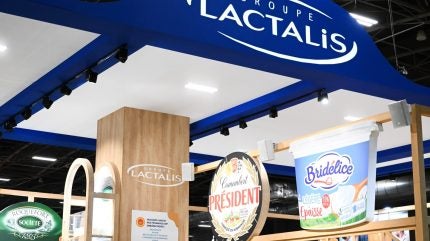

Lactalis is expanding its production of feta cheese in the US to meet what the French giant said is growing consumer demand.
The privately-owned company is investing $55m at its site in Tulare in California.
Lactalis said the installation of a new 38,000ft2 manufacturing line is aimed at increasing production of feta sold under its Président brand.
The line became “partially operational” earlier this year, Lactalis said. The project, which is expected to be completed in 2027, will create 100 contract roles during construction and 20 full-time jobs when it is finalised.
Esteve Torrens, the CEO of Lactalis’ business in the US, said: “This expansion helps us meet the growing demand for Président feta cheese in the United States, which is good news for our retail customers and consumers who continue to choose Président feta for cooking at home and creating new occasions to enjoy feta.”
The Tulare site produces a variety of dairy products, including Kraft Parmesan, Kraft sweet whey powder as well as Knudsen Cottage Cheese and Sour Cream.
Access the most comprehensive Company Profiles
on the market, powered by GlobalData. Save hours of research. Gain competitive edge.

Company Profile – free
sample
Your download email will arrive shortly
We are confident about the
unique
quality of our Company Profiles. However, we want you to make the most
beneficial
decision for your business, so we offer a free sample that you can download by
submitting the below form
By GlobalData
Lactalis acquired the factory as part of a deal to buy a clutch of cheese assets from Kraft Heinz in 2020.
In July, Lactalis revealed plans to invest €3m ($3.2m) at one of its three manufacturing facilities in Colombia.
The company also revealed in June its decision to shut down a factory in Romania, acquired as part of its 2016 takeover of Covalact.
In 2023, Lactalis posted revenues of €29.5bn ($32bn), recording a 4.3% growth in sales.
Lactalis generated 39% of its revenue from cheese, 19% from milk 19% and chilled dairy 15%. Butters and creams represented 12% of the revenue, while ingredients and nutrition made up 8%. The remaining 7% came from other product categories.

